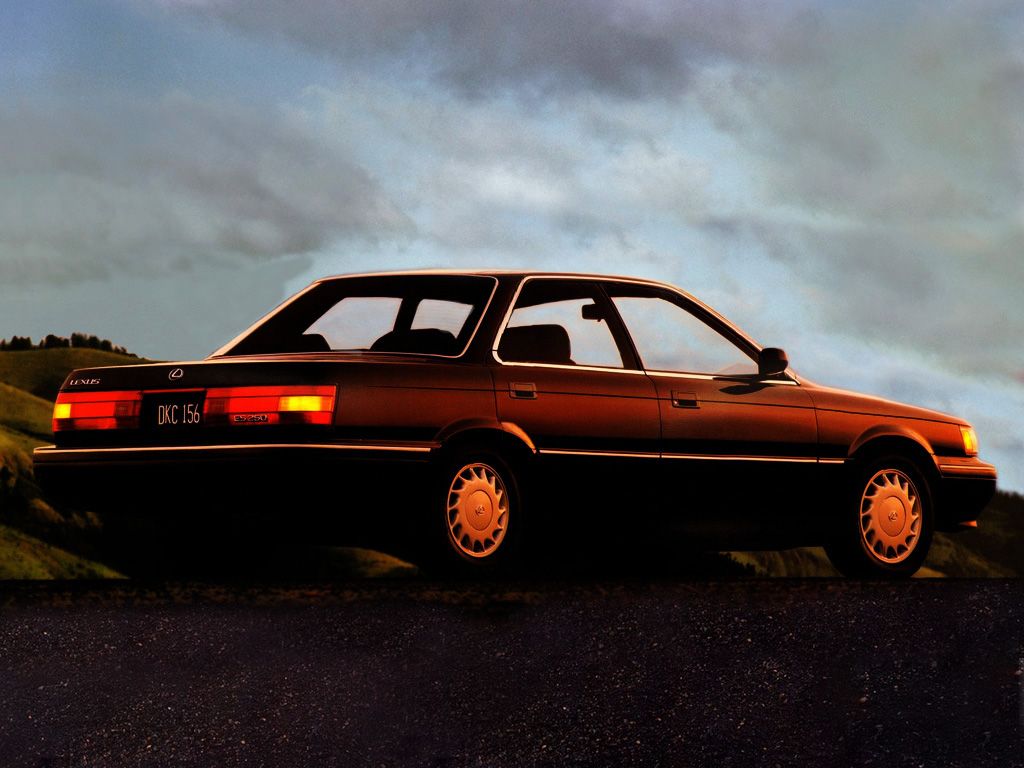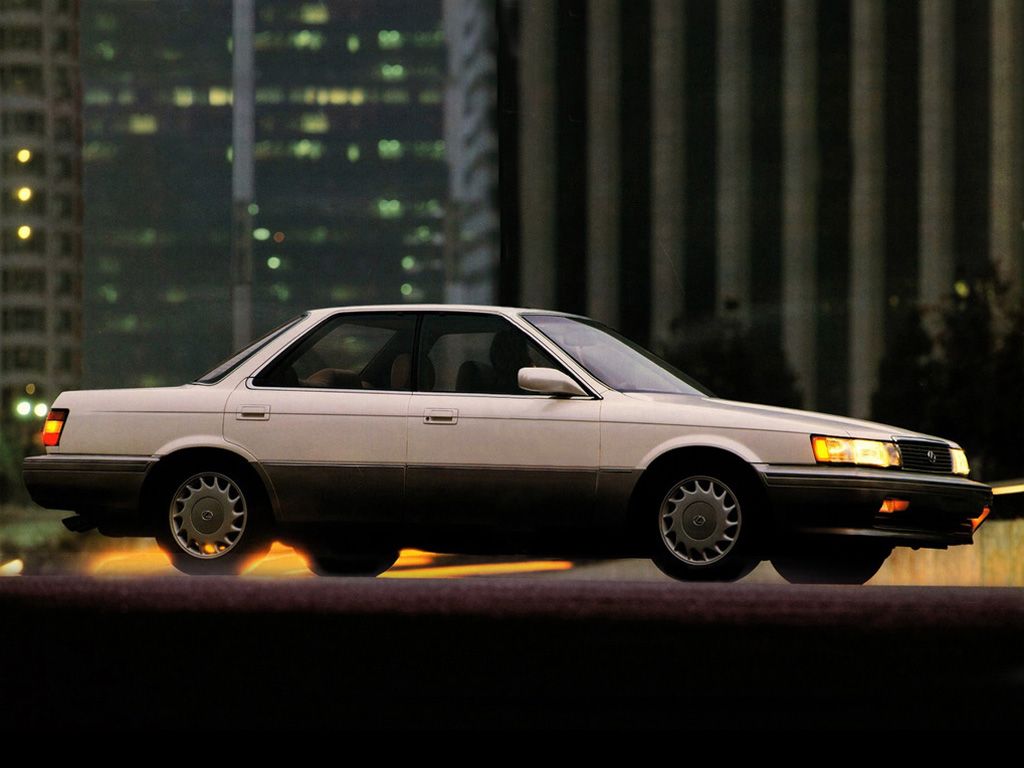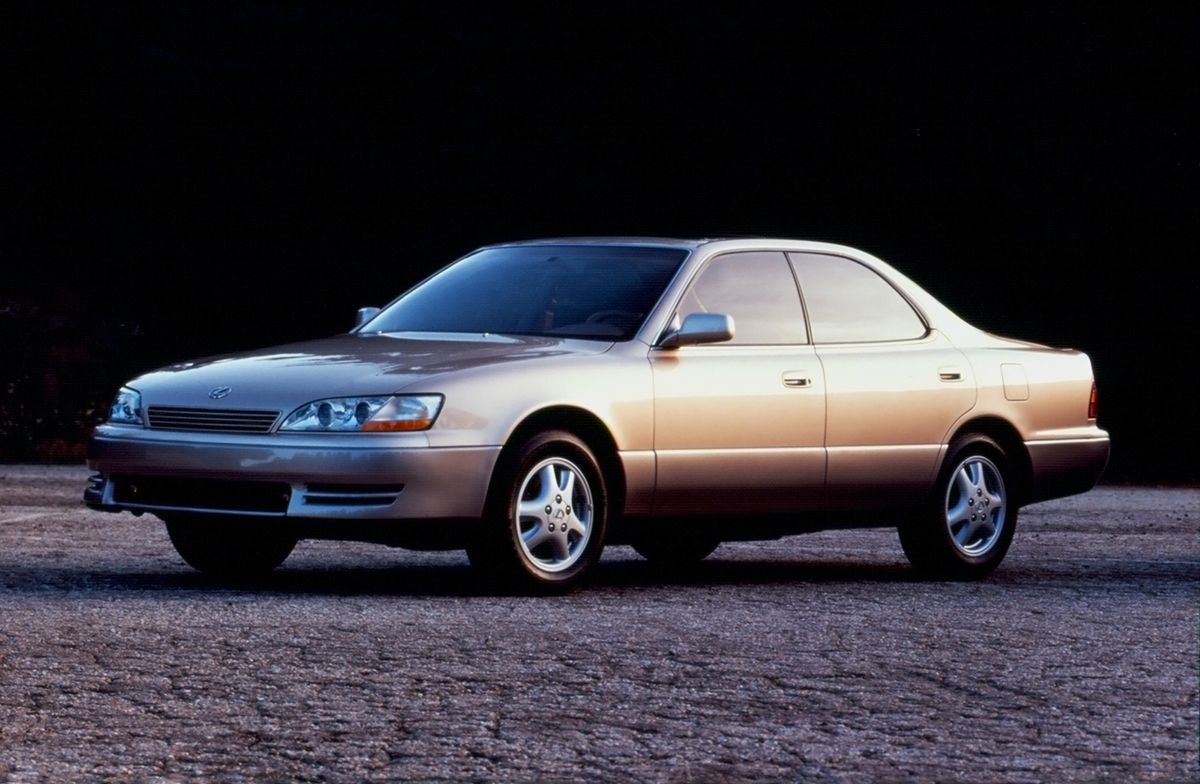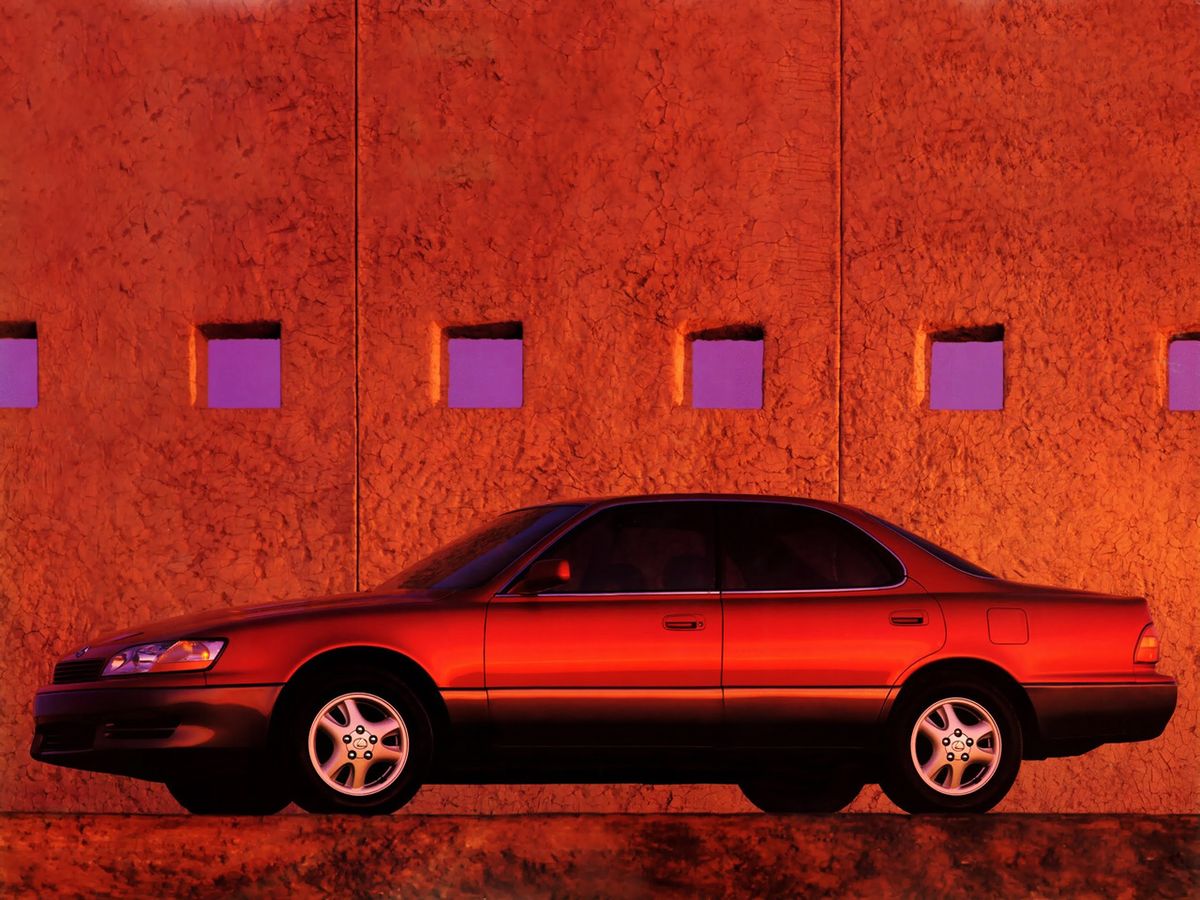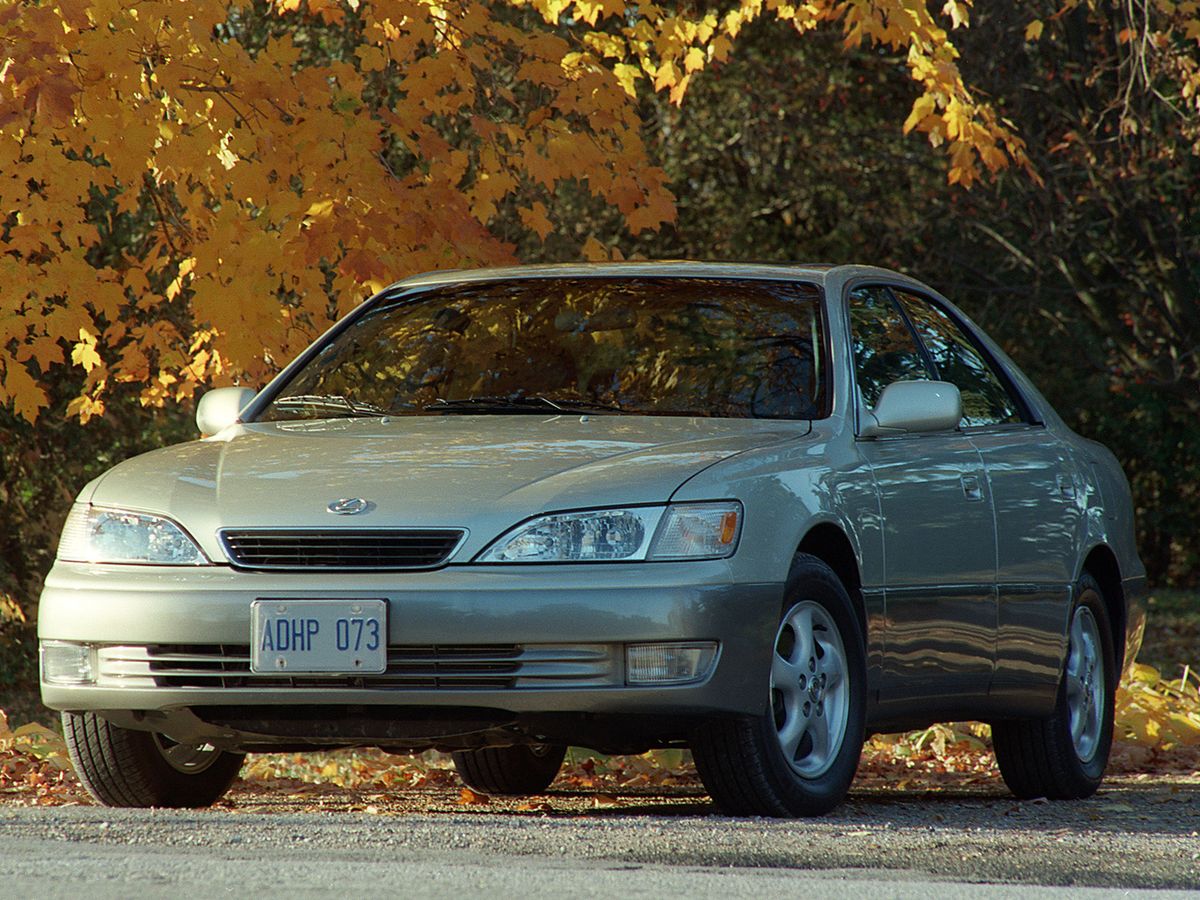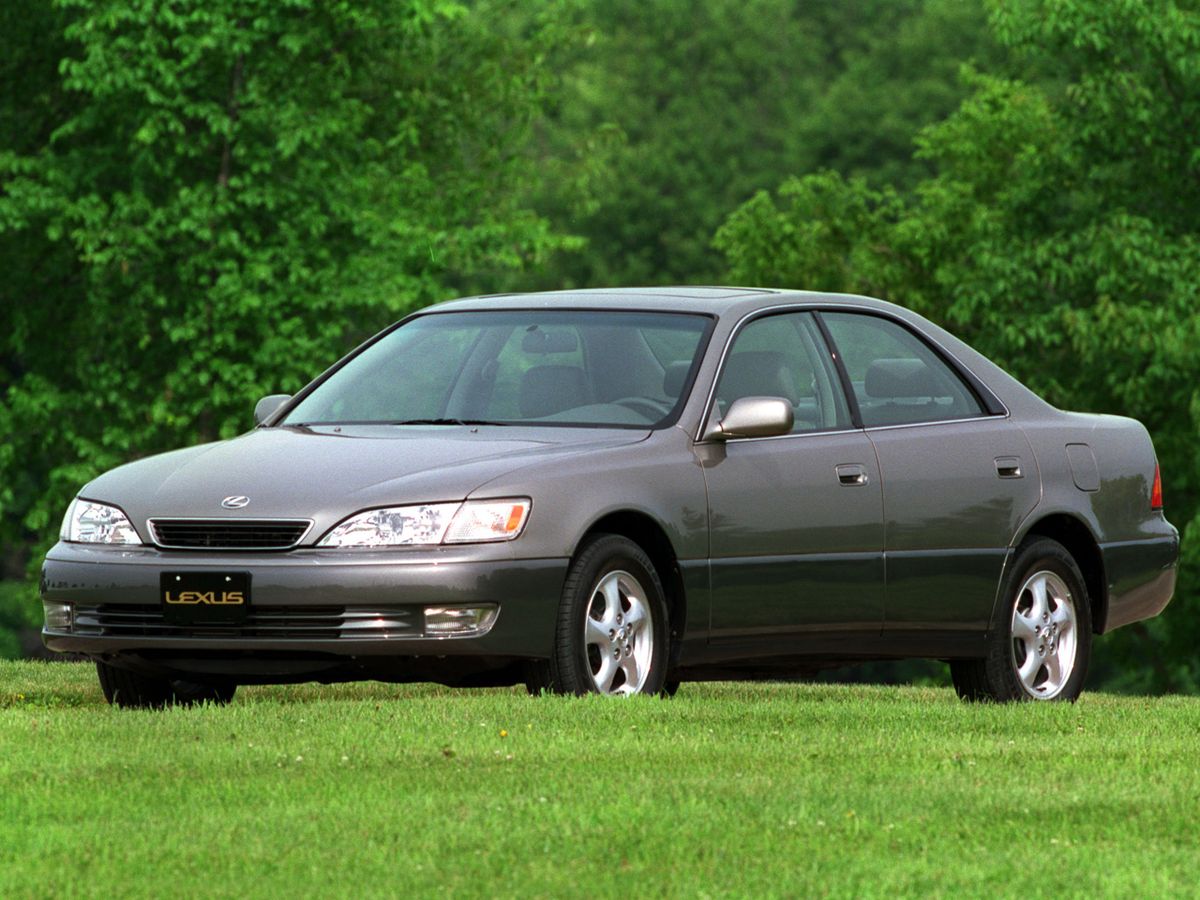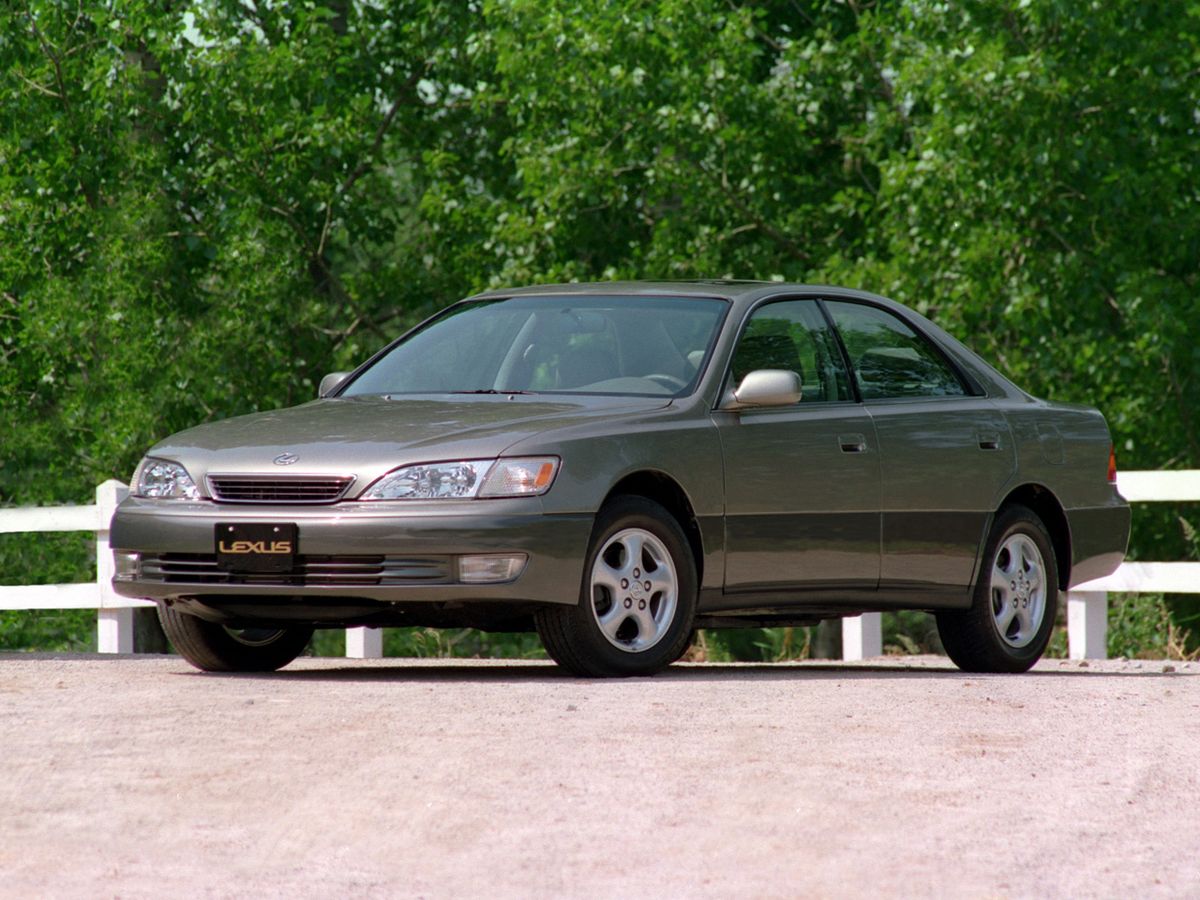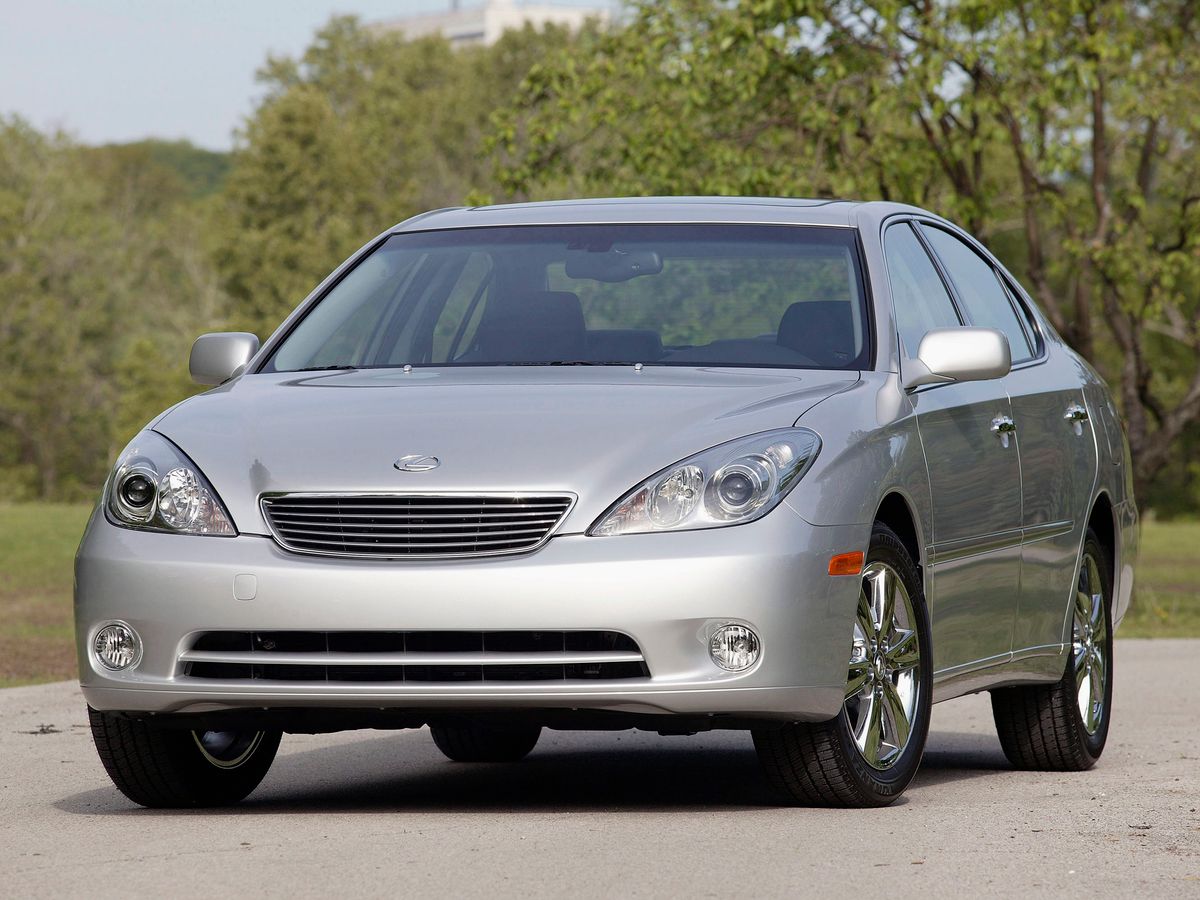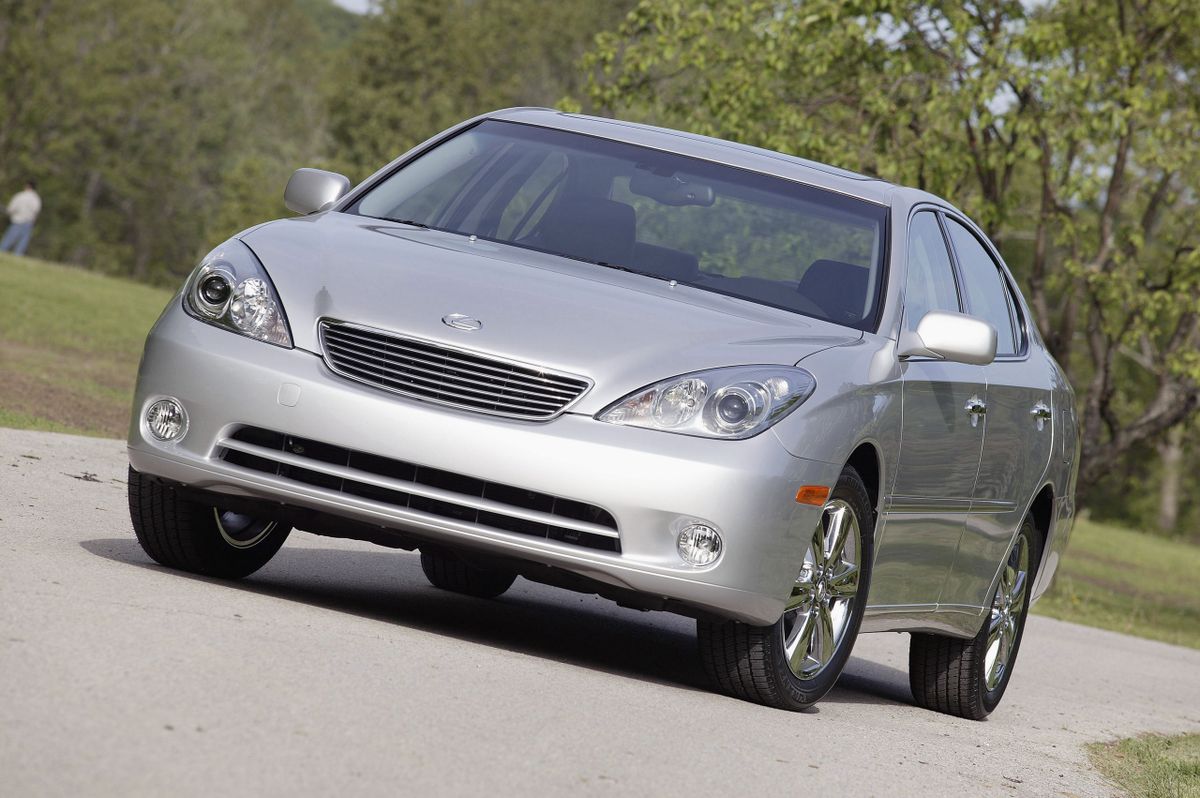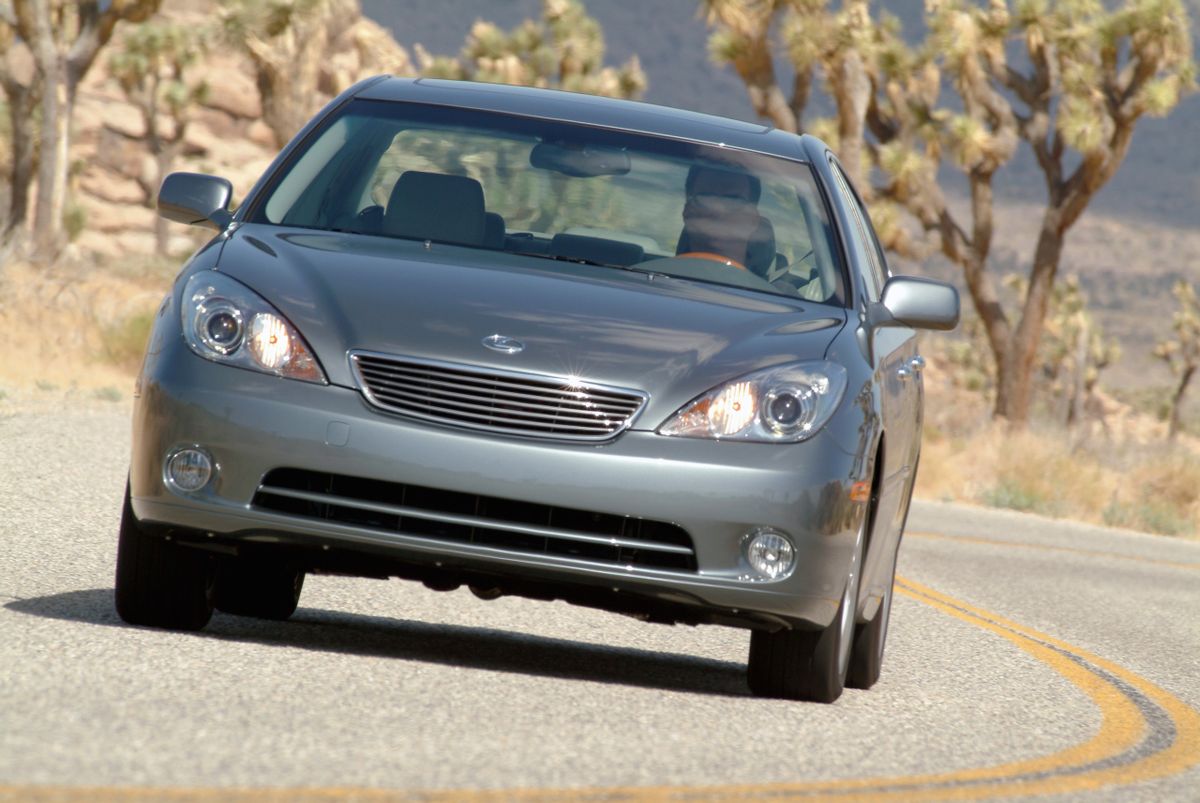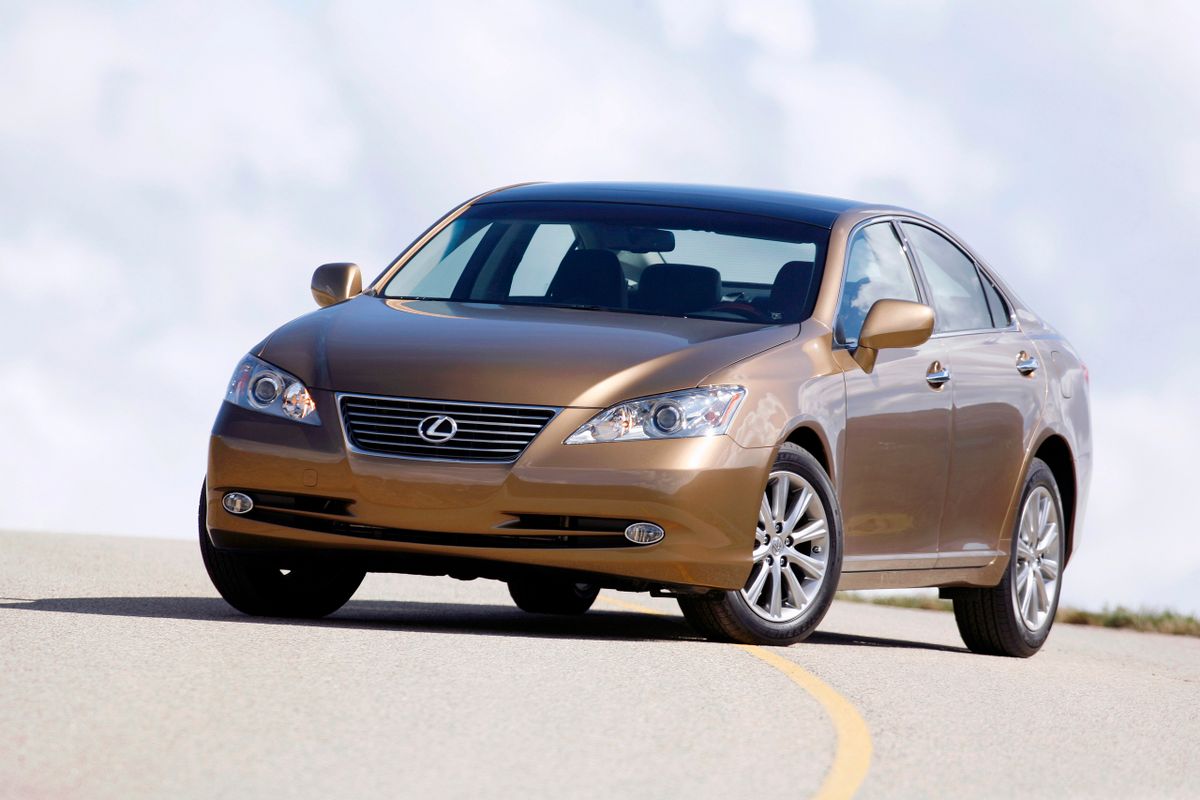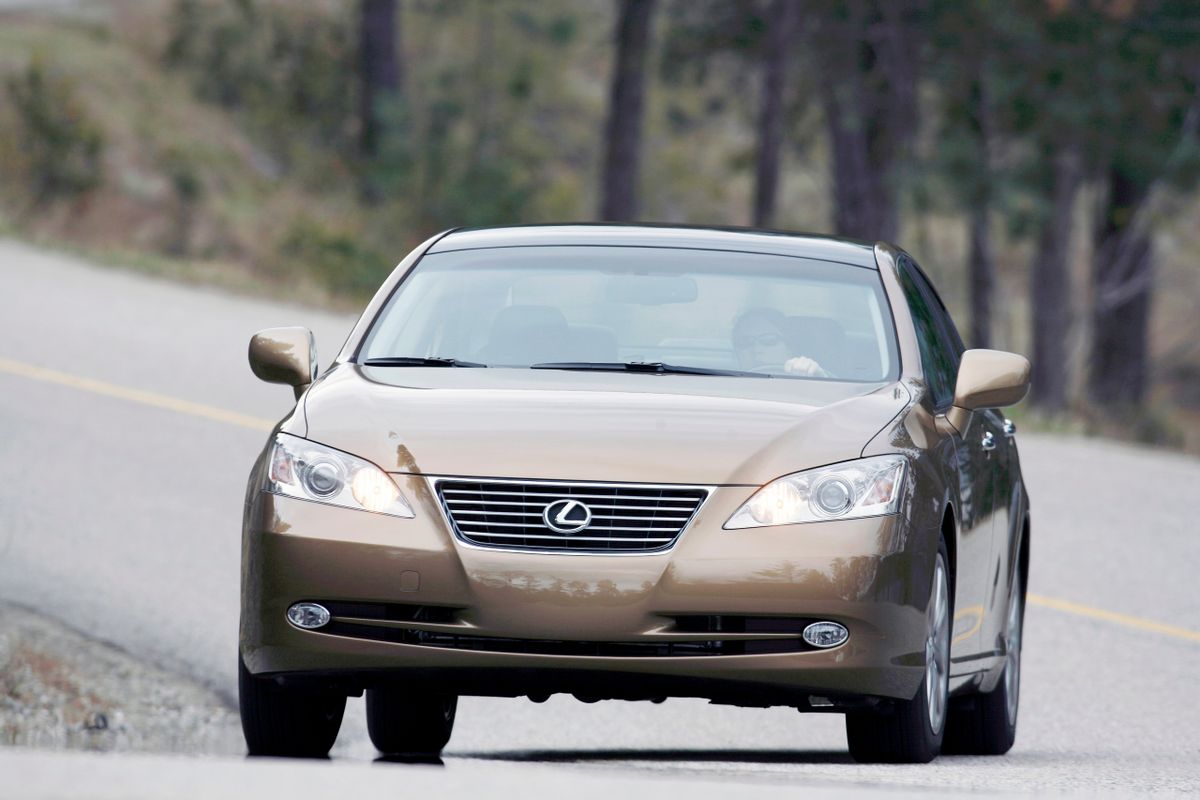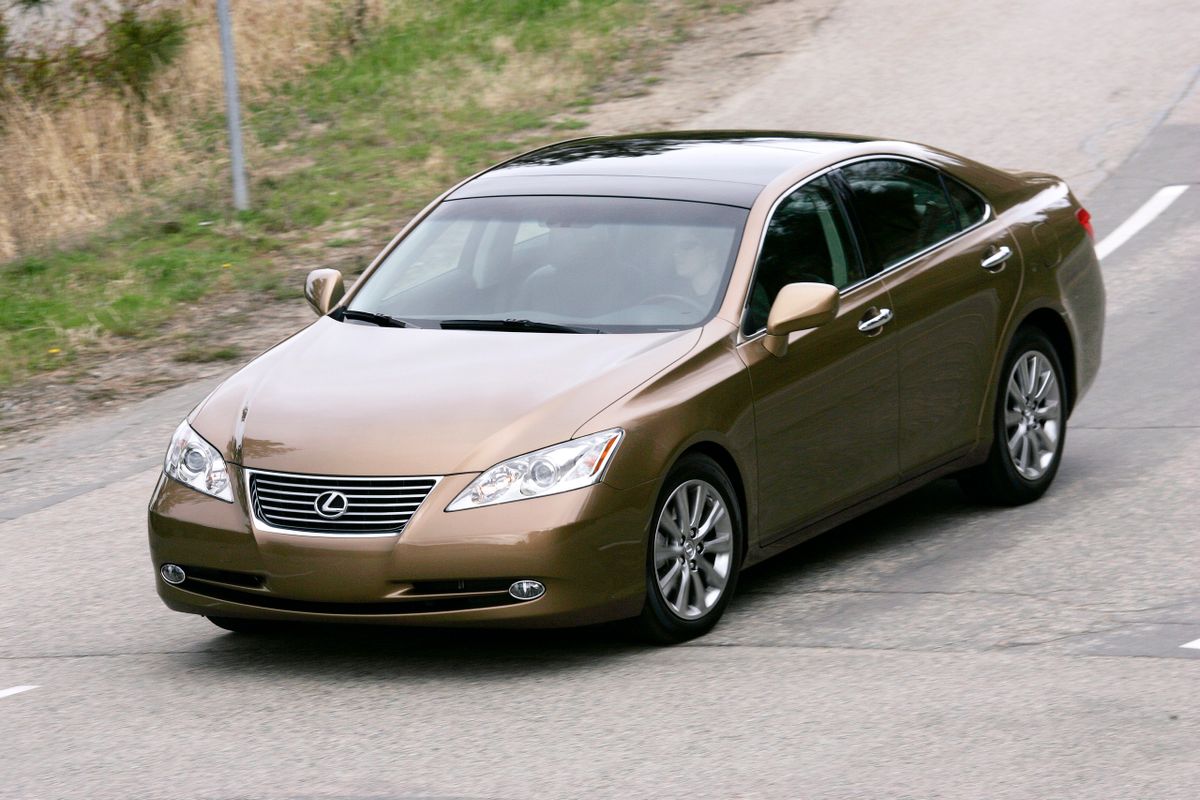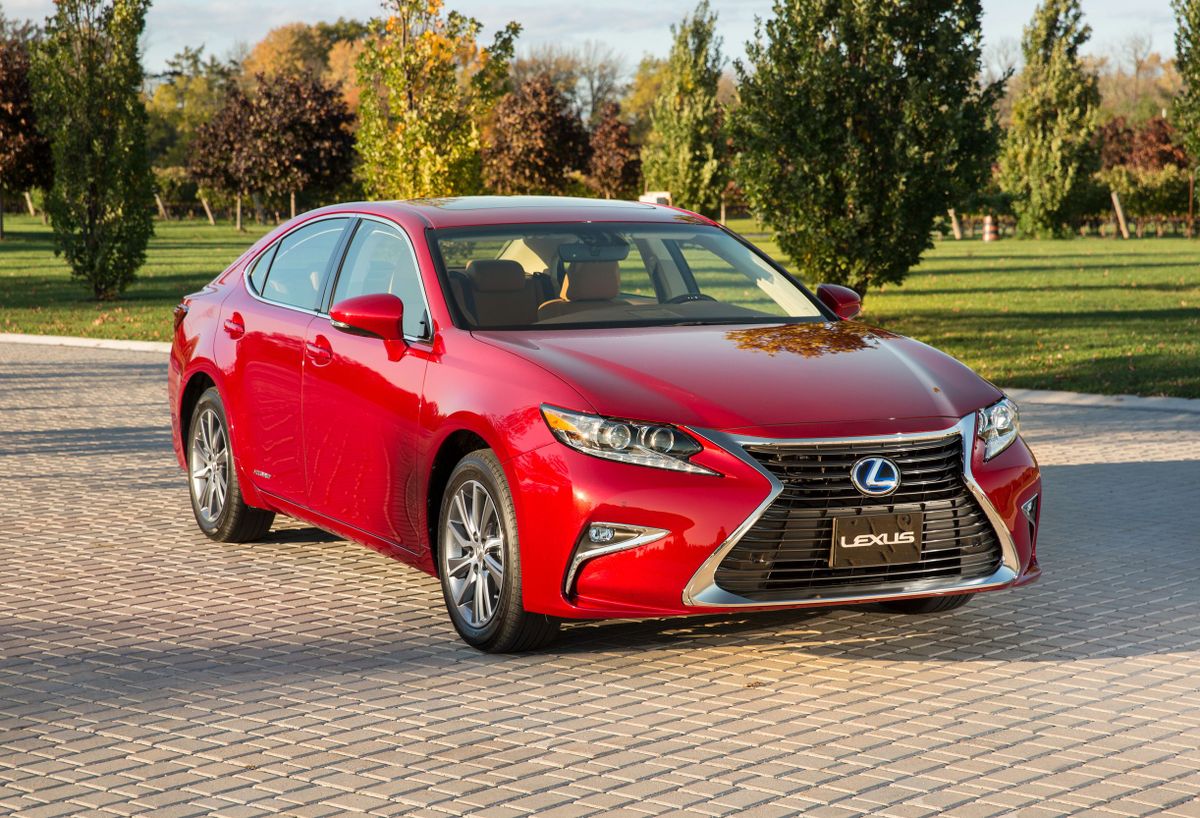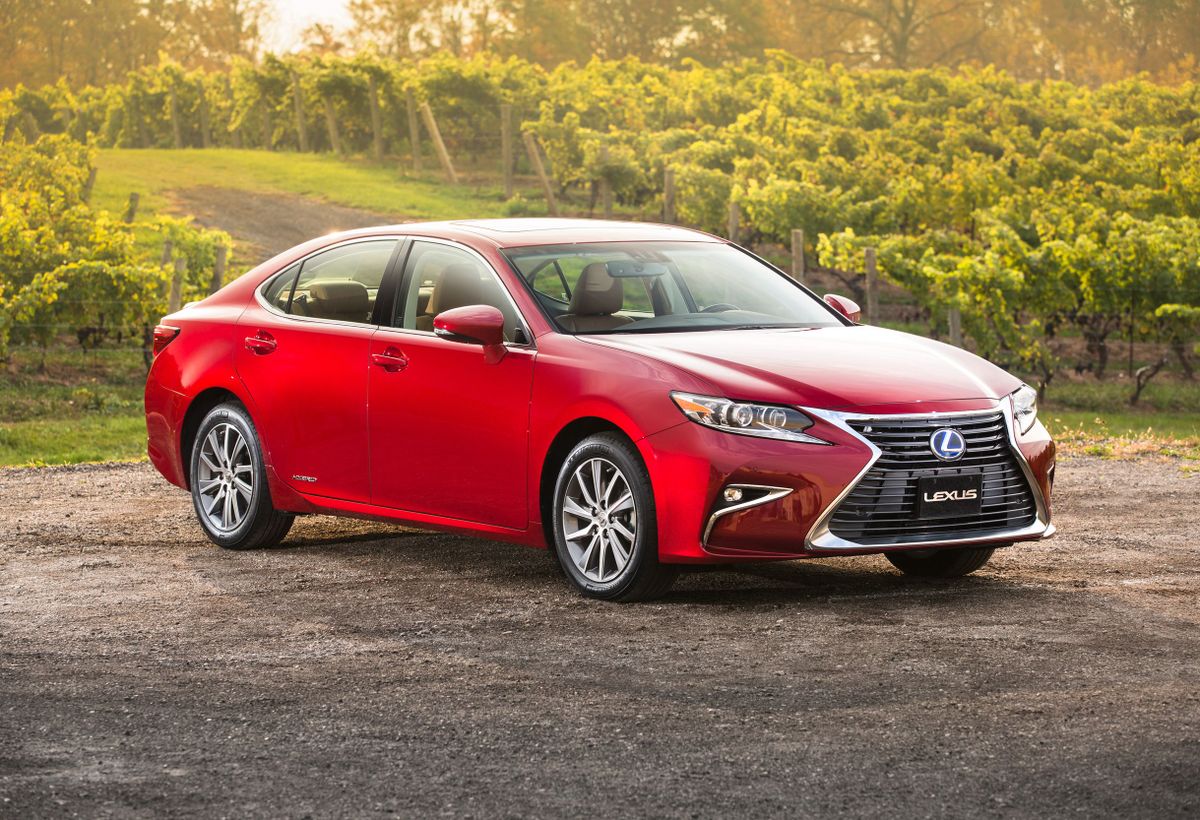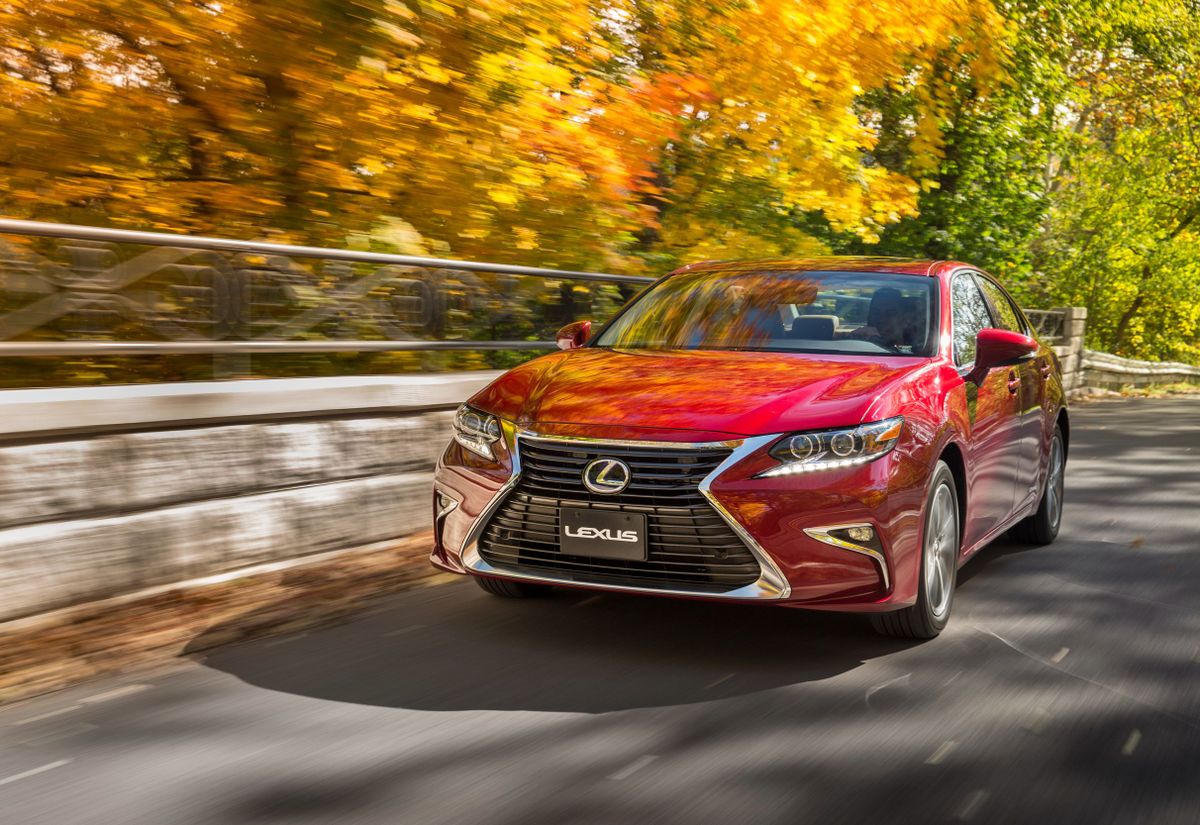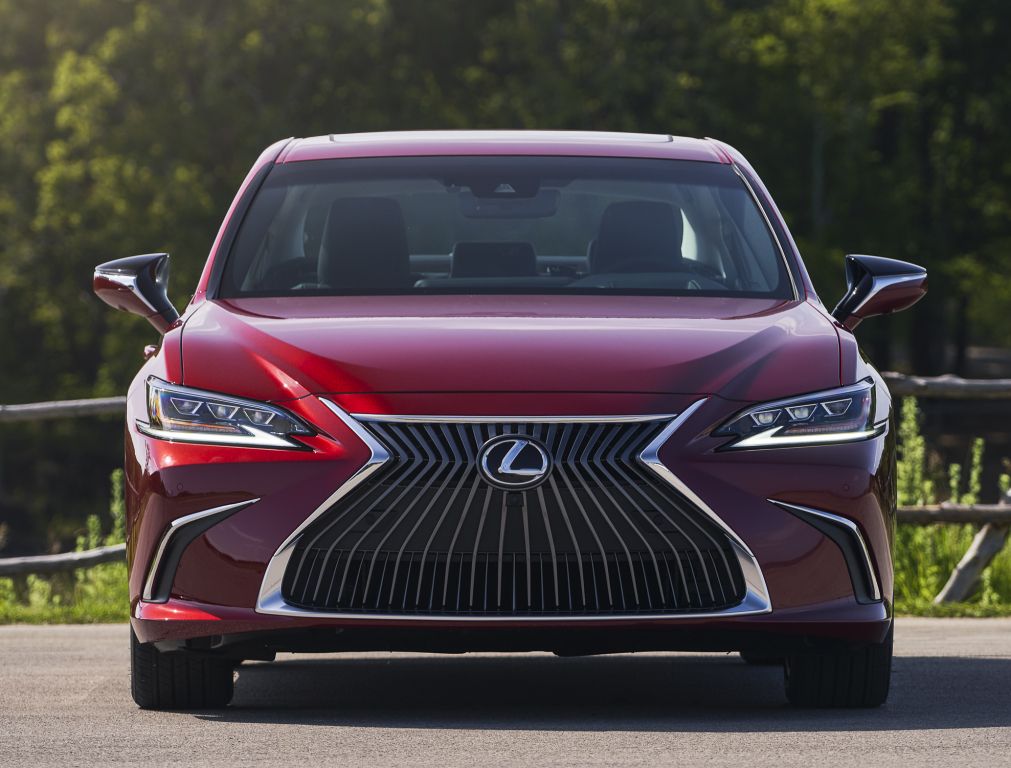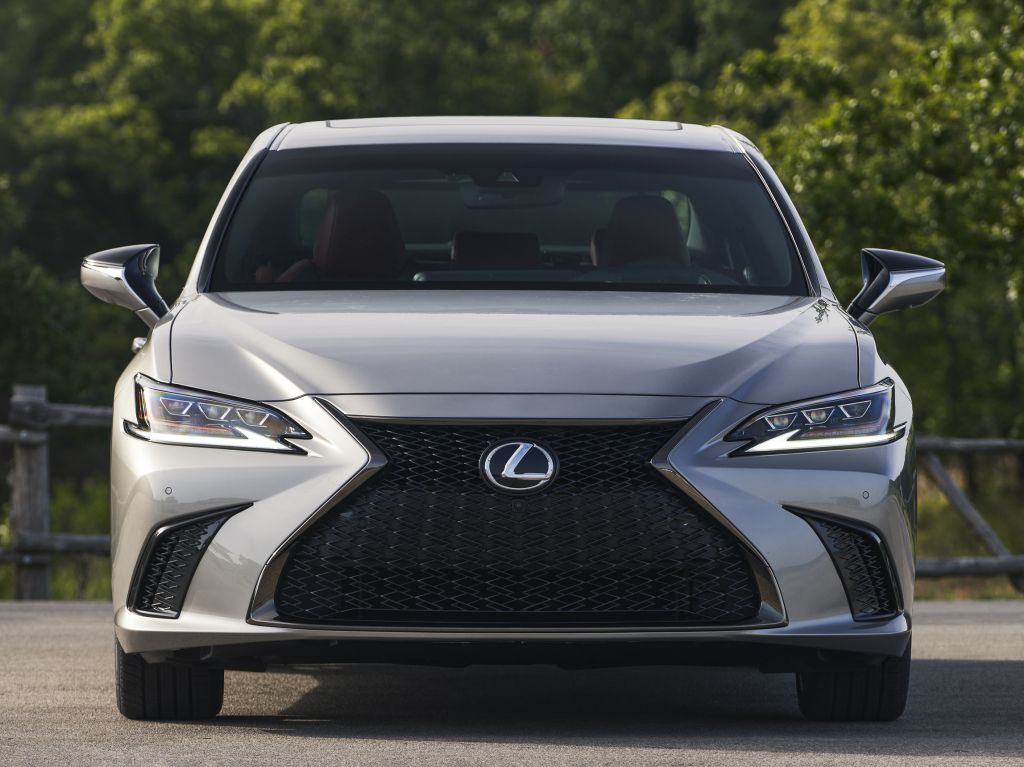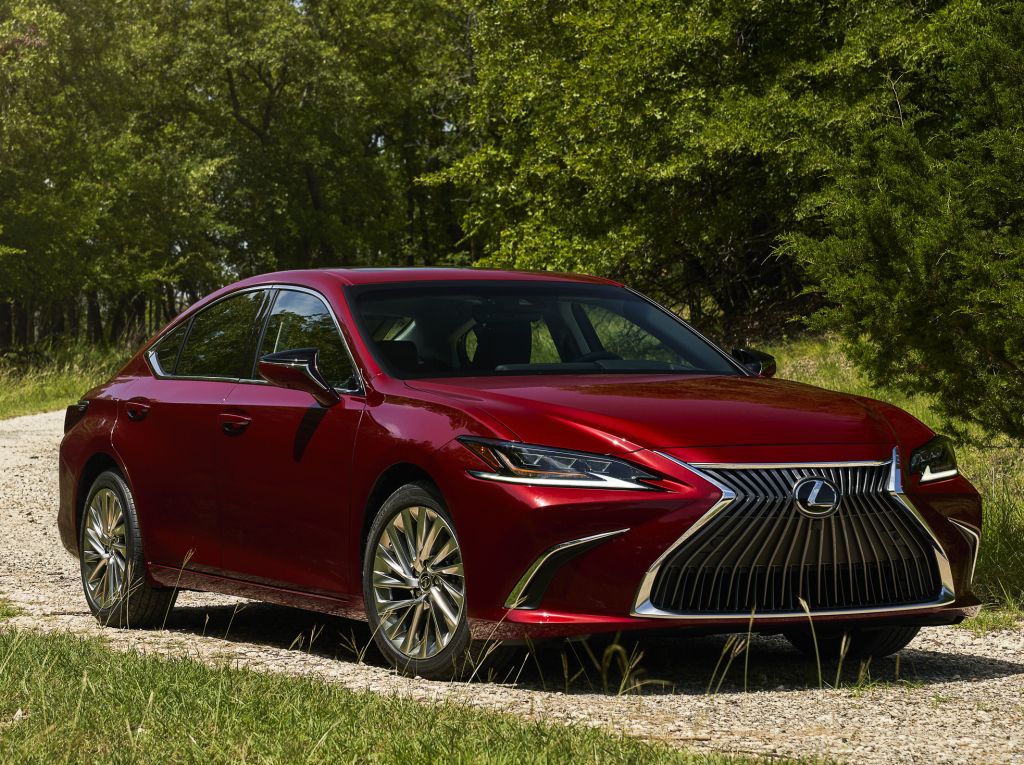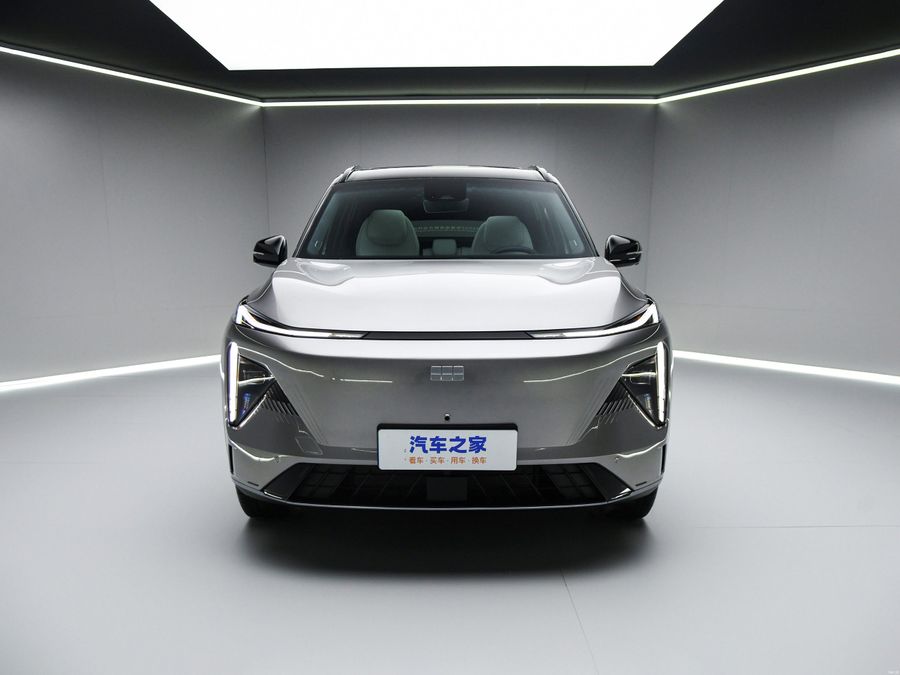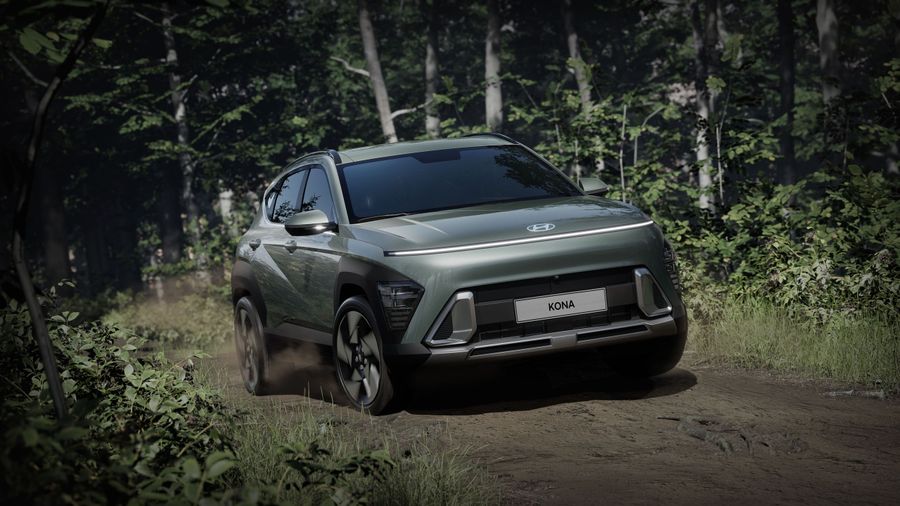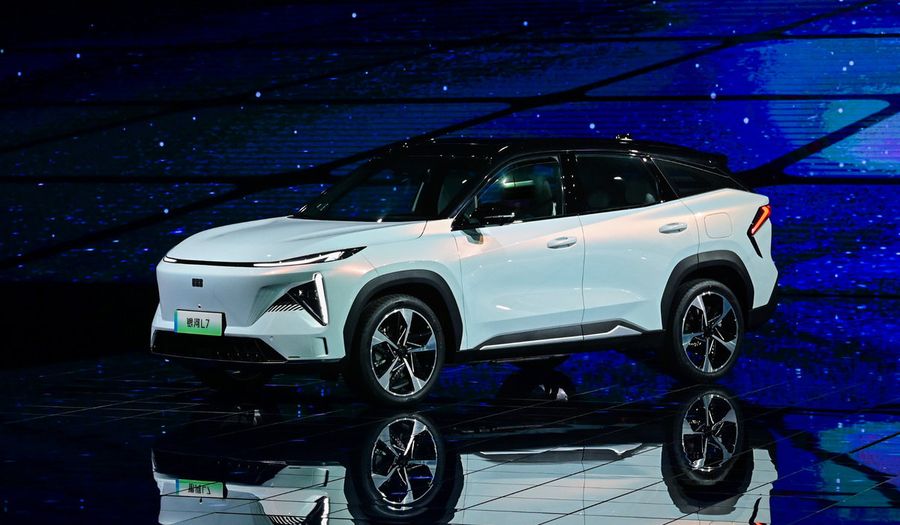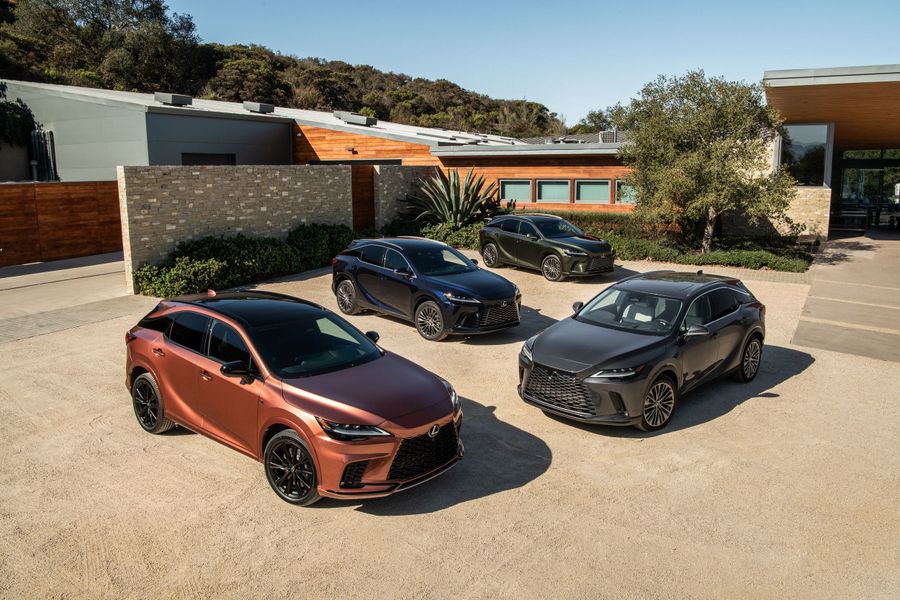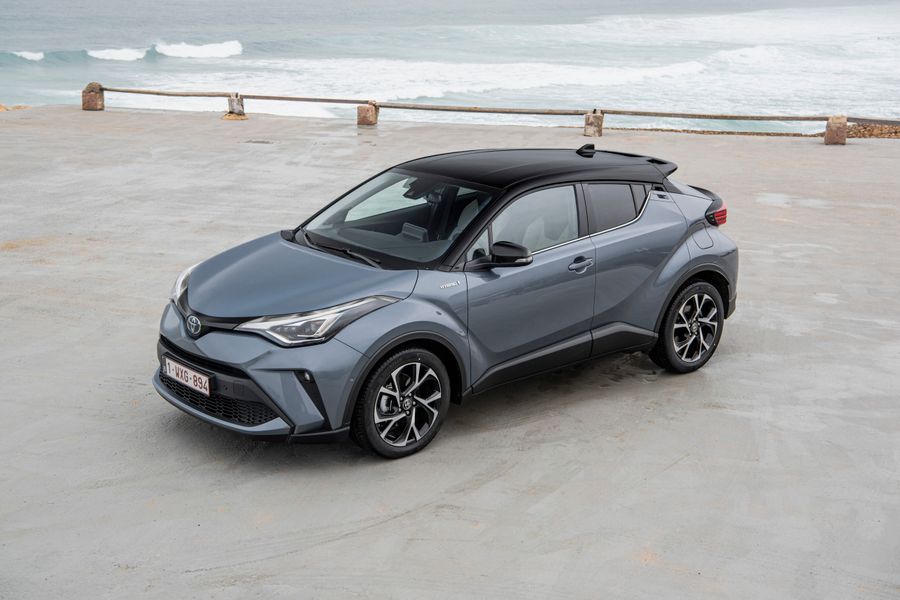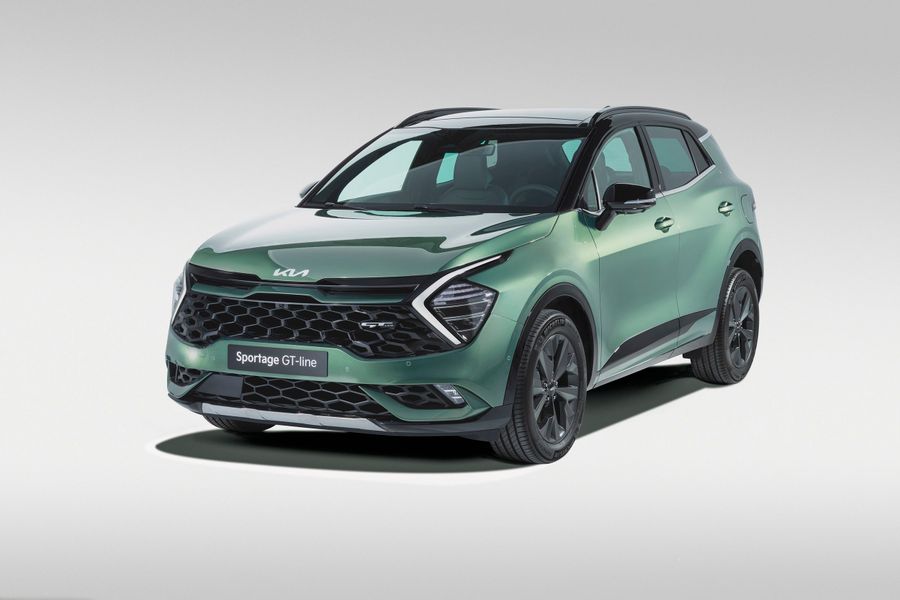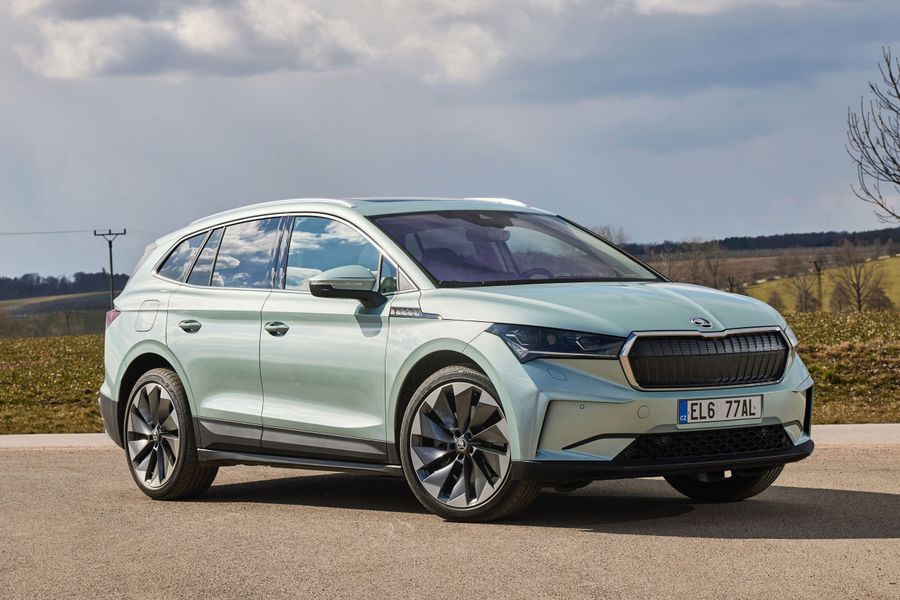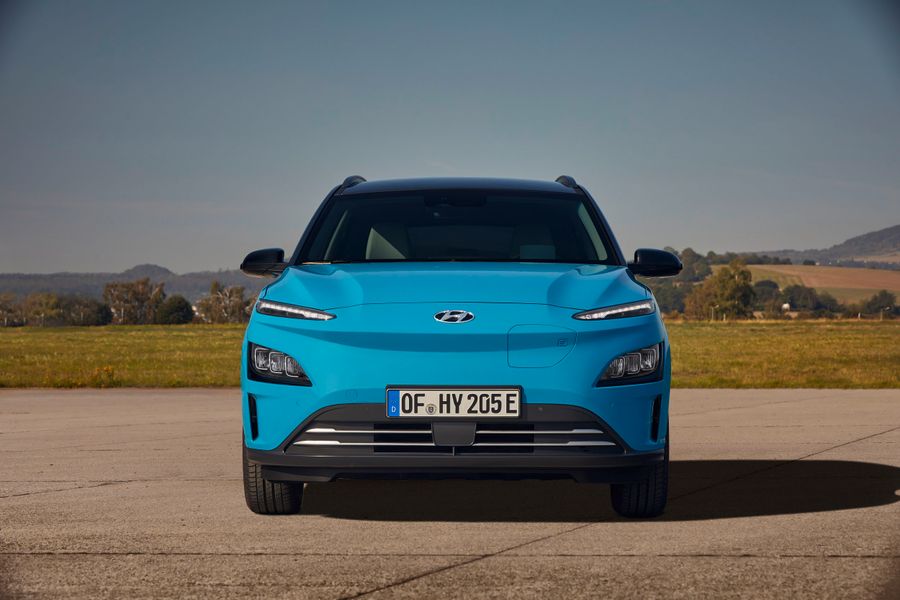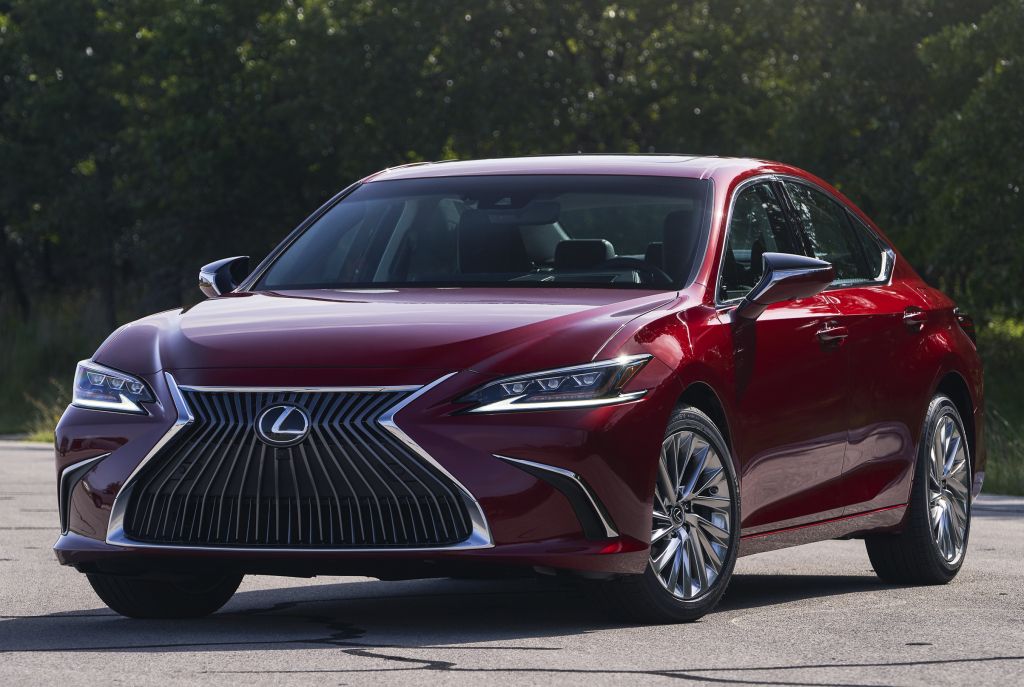
Lexus ES. 30-year success story
In 2021, the model was restyled. The upgraded cars will become available in the second half of 2021.
The Lexus ES is a mid-size E-class sedan from Lexus, a luxury division of Toyota Motor Corporation (Japan), which has been produced since 1989. It is sold under the Toyota Windom name on some markets. In 2020, the 2018 seventh generation Lexus ES Sedan could be purchased on the Israeli market.
The combination of letters ‘ES’ in the Lexus ES name means an ‘executive sedan’. The Lexus ES is a business class car originally designed exclusively for the US car market. But due to its popularity, the Japanese decided to sell it in Europe and in other countries of the world. The Lexus ES has been on the market for over 30 years! During this time, there have been seven generations of this model, front-wheel drive and four-wheel drive variations, as well as a hybrid modification.
The first generation
The first generation Lexus ES was produced from 1989 to 1991. Built on the same platform as the Toyota Avalon, the first Lexus ES was a slightly redesigned copy of the Toyota Vista. The Lexus brand, specially created for the American market, began its journey with the Lexus ES 250. After its commercial success in America, the first Lexus ES began to conquer Europe and Asia.
The second generation
The second generation Lexus ES was produced from 1991 to 1996, while its restyling took place in 1994. The second Lexus ES, the analogue of which was sold on the Japanese market as the Toyota Windom front-wheel drive business-class sedan, became noticeably larger than its predecessor, had a wider list of options and a new engine.
The third generation
The third generation Lexus ES was produced from 1996 to 2001. The major changes in the third Lexus ES were in the area of the body and interior. The ES had new, more efficient engines and more expensive equipment.
The fourth generation
The fourth generation Lexus ES was produced from 2001 to 2006, while its restyling took place in 2003. The fourth ES became significantly more spacious, its wheelbase and height were increased. Lexus experts applied new sound-absorbing materials, did an excellent job on tuning the suspension, resulting in the improved steering response while maintaining a high smoothness. The creators also improved the safety level. The body structure of the fourth Lexus ES was characterized by the increased rigidity of the passenger compartment and front and rear zones of programmed deformation.
The premium Lexus ES business sedan symbolizes perfectionism and the pursuit of excellence. The interior elements of the car have been handcrafted by Takumi craftsmen, Lexus engineers have worked for the exceptional comfort of the seats for three years, and the model’s excellent noise insulation makes sure that the driver experiences the luxury of silence.
The fifth generation
The fifth generation Lexus ES was produced from 2006 to 2012, while its restyling took place in 2009. Created on the platform of the newest Toyota Camry, the fifth Lexus ES became bigger and wider, with a longer wheelbase. Its exterior boasted a new radiator grille with additional horizontal slats and headlights with halogen lamps, round and large foglights. The vehicle got a new steering wheel with audio and display control buttons, a voice-controlled navigation system and many other technical innovations. The basic equipment included a sunroof with a separate sun dimmer, a multifunctional on-board computer, and a luxurious audio system. The fifth generation Lexus ES became much more stylish and comfortable.
The sixth generation
The sixth generation Lexus ES was produced from 2012 to 2018, and its restyling took place in 2015. The sixth ES was based on a platform from its predecessor, which, in turn, was built on the basis of the Toyota Camry XV40. High-strength steel grades were actively used in the body structure. The business sedan was equipped with independent suspension based on McPherson struts at the front and in the back. The sixth Lexus ES boasted a new exterior with a redesigned front face and new LED lights. The body design of the ‘sixth’ Lexus ES was in line with the corporate philosophy of the brand called ‘L-finesse’, based on dynamic lines. A distinctive signature element is the large spindle-shaped radiator grille with chrome borders, which is enclosed between the complex-shaped headlight units with L-shaped running lights. The interior of the sixth generation Lexus ES sedan looked fresh, fashionable and expensive. It was the first time when a hybrid system was added to the sedan’s range of engines.
The seventh generation
The seventh generation Lexus ES has been produced from 2018 to the present. Throughout its existence, the Lexus ES had only front-wheel drive versions, and now for the first time the Japanese manufacturer has introduced a 4×4 modification to the market. The all-wheel drive transmission is borrowed from the Toyota Avalon sedan: it has a rear wheel coupling that can transmit up to 50% of the torque to the axle. Plus, there is a new version of the Lexus ES with a hybrid system.
All the 2019/2020 Lexus ES models are equipped with a set of second-generation Lexus Safety Systems, and the Apple CarPlay and Android Auto support is now included in the basic options. And such options as a blind spot monitoring system and rear cross traffic alert are standard.
The 2020 Lexus ES premium business sedan symbolizes perfectionism and the pursuit of excellence. The interior elements of the car have been handcrafted by Takumi craftsmen, Lexus engineers have worked for the exceptional comfort of the seats for three years, and the model’s excellent noise insulation makes sure that the driver experiences the luxury of silence.



